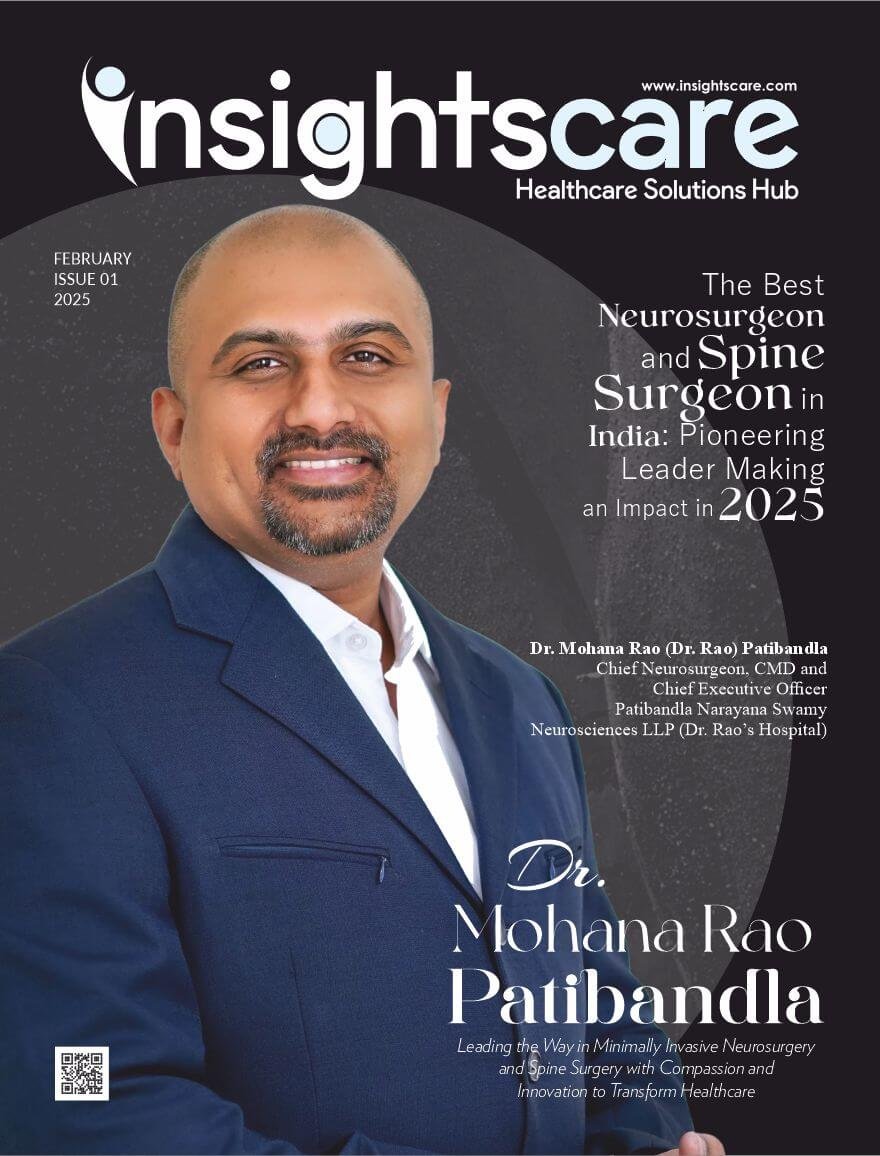Prime Highlights:
Researchers develop non-invasive optical technology to detect sepsis early, potentially saving lives.
The technology measures microcirculation in small blood vessels, providing continuous real-time monitoring.
Key Background:
Sepsis, a life-threatening condition caused by infection, continues to pose a significant global health threat, responsible for one in five deaths worldwide. Despite its high mortality rate, diagnosing sepsis remains challenging due to its nonspecific early symptoms that often resemble less severe conditions. This delay in diagnosis can be catastrophic, as the risk of mortality increases by up to 8% for every hour that treatment is delayed. The burden is especially severe in low-resource settings, where timely medical intervention is often unavailable.
In response to this urgent need, a team of researchers from the Schulich School of Medicine & Dentistry has developed a groundbreaking technology that could revolutionize the early detection of sepsis. Led by Rasa Eskandari, an MD-PhD student, and Associate Professor Mamadou Diop, PhD, in collaboration with Professors Chris Ellis, PhD, Dan Goldman, PhD, and Don Welsh, PhD, this technology utilizes non-invasive optical methods to monitor blood flow in small blood vessels (microcirculation). The device works continuously to detect early signs of microvascular dysfunction in both the brain and body, which precedes the clinical manifestations of sepsis.
In animal models, the team demonstrated the ability to monitor skeletal muscle blood flow and detect changes that signal the onset of sepsis, well before significant damage occurs. This approach offers a critical advantage over traditional methods, which often rely on intermittent, invasive procedures or delayed symptoms like changes in lactate levels or capillary refill times. Eskandari explains that skeletal muscle microcirculation serves as an accessible window to observe the body’s early response to sepsis, potentially preventing organ failure and shock by enabling timely intervention.
The technology’s non-invasive nature and continuous monitoring capability make it ideal for deployment in hospitals, clinics, and even as a wearable device, providing real-time monitoring in remote settings. This innovation holds immense promise for improving sepsis outcomes globally, particularly for vulnerable populations in low-resource areas. While preclinical studies have yielded promising results, further clinical studies in pediatric critical care patients are planned over the next three years to evaluate the technology’s effectiveness in human populations. With continued research, this technology could become a pivotal tool in the fight against sepsis, offering new hope for early diagnosis and better patient outcomes worldwide.









